Taste Atlas: Four Best Vietnamese Street Foods Tourists Should Try
| TasteAtlas: 6 Traditional Vietnamese Foods Among The Best Snacks In Asia | |
| Taste Atlas: Three Vietnamese Dishes Voted Among Top 100 Best Breakfasts In The World |
Banh Ran (Deep-fried glutinous rice)
Banh Ran is a popular Vietnamese snack consisting of glutinous rice flour balls that are usually filled with red bean paste and then deep-fried in hot oil. Jasmine flower essence is traditionally used for flavoring the filling, and the crunchy balls are almost always rolled in sesame seeds.
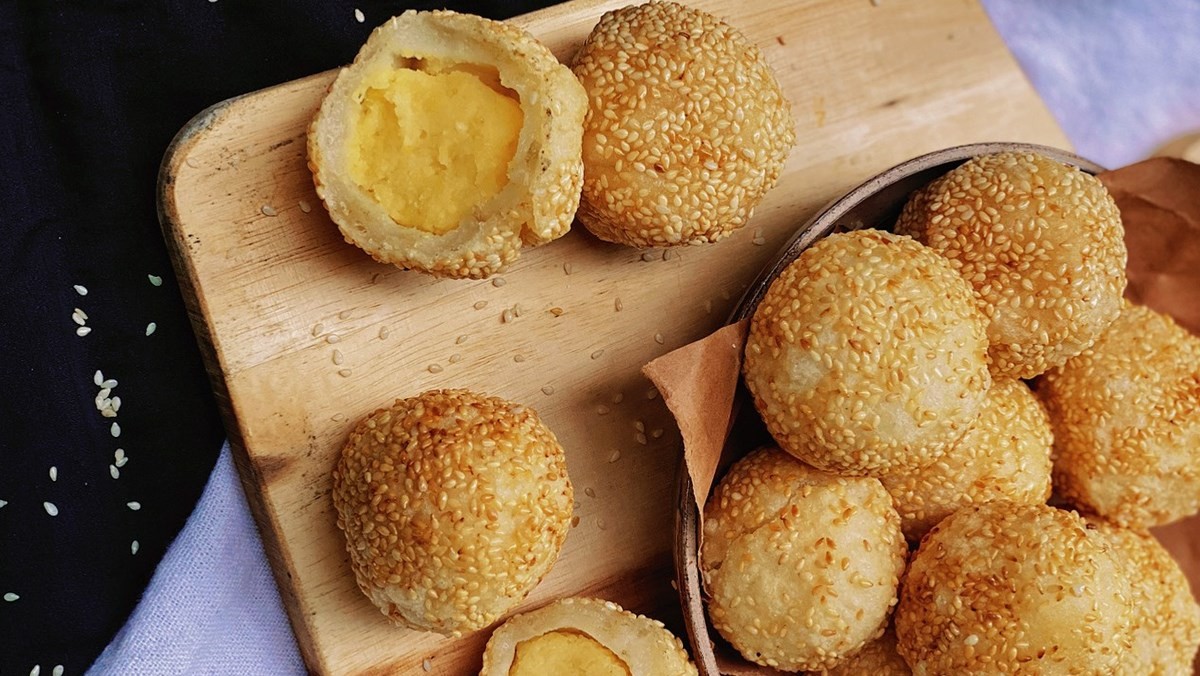 |
| Banh Ran is a popular Vietnamese snack consisting of glutinous rice flour balls that are usually filled with red bean paste and then deep-fried in hot oil. Photo: Dien may XANH |
There is also a savory variety of Banh Ran that is oval and usually served with a dipping sauce consisting of fish sauce, sugar, vinegar, chili, and garlic.
Vietnam has a lot of different kinds of sweet cake, however, Banh ran is still the greatest choice thanks to its crispy cover, moderately sweet taste as well and subtle fragrance. The fillings, after being wrapped inside the dough, will be put into the frying pan until the cover turns golden brown, aromatic, and crispy.
Normally, the salty version is served with sour and sweet chili sauce along with sliced papaya or radish. And the sweet version will be eaten with tea or a sugary syrup over the pastry.
What is more, among different types of sweet cake, the cake coated with sesame seeds is the best choice due to its moderately sweet taste, crispy cover, and subtle fragrance.
Banh Chuoi (Vietnamese fried banana)
Fried bananas are a popular Vietnamese street snack usually made with small, fragrant, and ripe Xiem bananas. Before they are fried, lengthwise banana slices are flattened and then coated in a batter that typically combines rice and wheat flour, coconut milk or coconut cream, sugar, and various optional additions such as cinnamon, shredded coconut, flavorings, or honey.
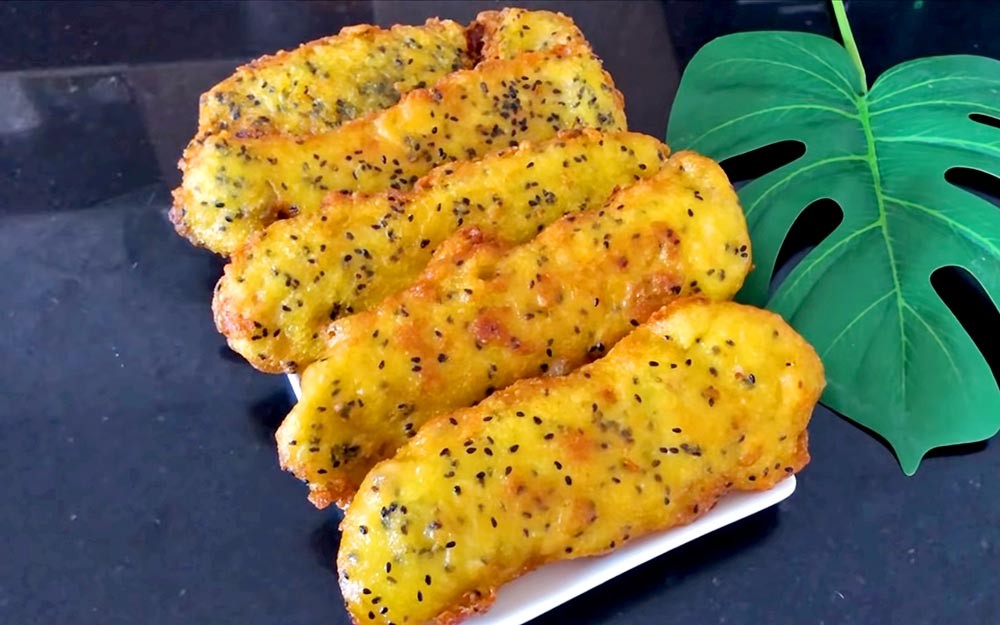 |
| Fried bananas are a popular Vietnamese street snack usually made with small, fragrant, and ripe Xiem bananas. Photo: Bui Van Hoa |
Fried bananas are best served warm, and they are occasionally sprinkled with sesame seeds and accompanied by coconut sauce.
Originating in Vietnam’s countryside, the cake has cheap and popular ingredients and a simple recipe. The main ingredients are banana, wheat flour, and rice flour. Honey, egg, butter, wine, sugar, and salt are optional. After the peeled banana is dipped into the batter made from wheat flour, it is deep-fried in oil until the cake turns crispy and yellow. It is better eaten right after frying, dinners can enjoy its crispy wrapper and soft, sweet banana.
It can be said that there is no snack better than a crispy banana cake on rainy days in the southern city.
Banh Hat De (Sapa chestnut cake)
Banh Hat De is a popular Vietnamese snack originating from the mountainous Sapa region. It is made by filling a pastry shell with ground local chestnuts that are lightly sweetened, then fried in oil until golden brown and flaky. This popular snack is regularly sold at most street food stalls in the region, but it can also be bought in boxes and prepared in the comfort of your own home.
In recent years, Banh Hat De surfaced to the top as the main street food item in Sapa.
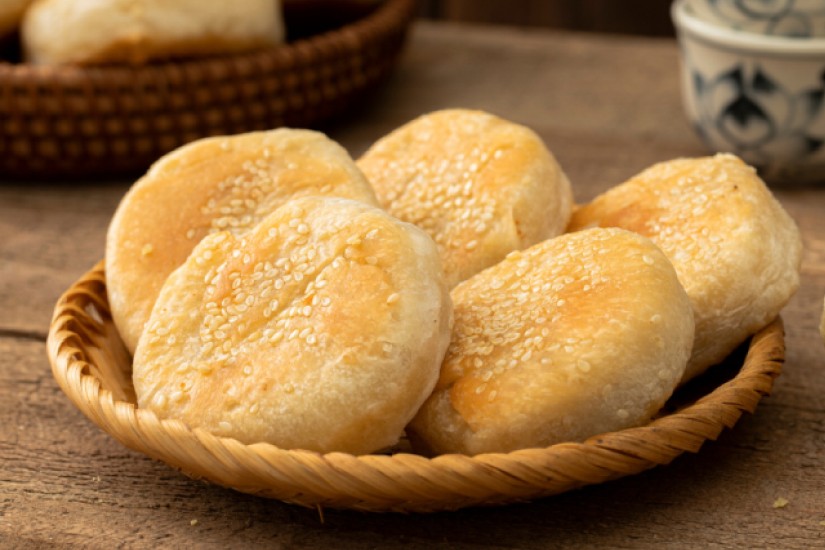 |
| Banh Hat De is a popular Vietnamese snack originating from the mountainous Sapa region. Photo: Hawonkoo |
The flour used for the cake crust is of the highest quality. The chestnuts, which form the cake filling, are carefully selected to ensure they are undamaged and whole. The ideal chestnuts are large and have a nice, shiny yellow color.
First, forest chestnuts are collected and prepared before being ground up finely. Soft butter and ground mung beans are then added to enhance the cake’s softness, with a touch of sugar for sweetness. The chestnut cake Sapa’s outer crust, made from wheat flour, comprises many thin layers.
The chestnut filling is skillfully encased in the dough before the entire cake is deep-fried until evenly cooked on both sides. After frying, sesame seeds are sprinkled on the crust to add a pleasant aroma and visual appeal to the cake.
O Mai (Sugared or salted fruit)
O Mai is a traditional Vietnamese snack and a specialty of Hanoi. The term refers to preserved sugared or salted fruits such as apricot, dracontomelon (sau), peach, plum, tamarind, pineapple, mango, star fruit, and kumquat. The fruits are first checked to ensure that they are of the same size and without bruises.
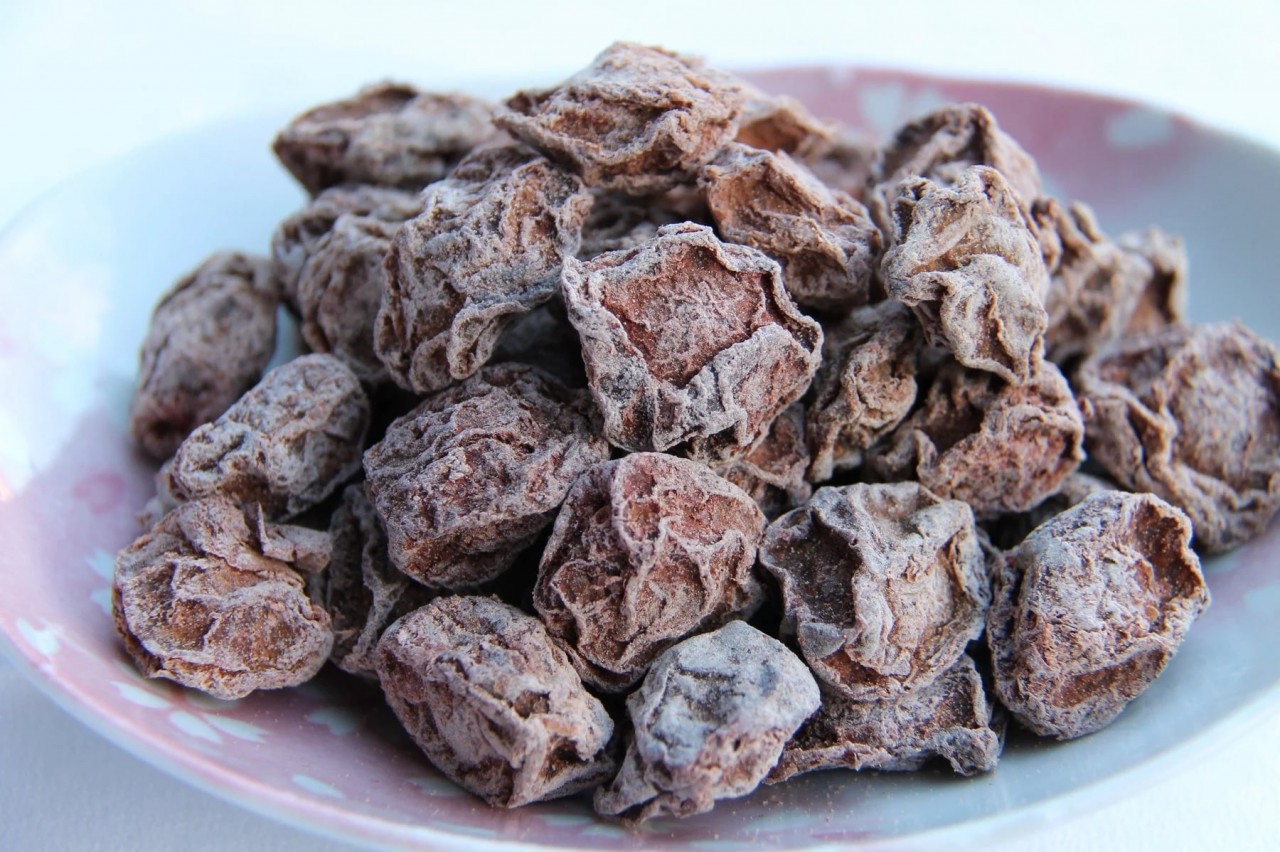 |
| O Mai is a traditional Vietnamese snack and a specialty of Hanoi. Photo: Vinpearl |
They are then thoroughly cleaned and pricked so that they can absorb sugar more easily. The sugar is mixed with salt, water, often ginger and chili, and a bit of lime juice, which keeps the fruit's natural color in check. The fruits are cooked, fermented, and finally dried before they're sold, usually all along Hang Duong Street in Hanoi.
O Mai is especially popular as a snack during Tet (Vietnamese New Year). It's recommended to serve these fruits with a cup of lotus tea on the side.
Referring to Hanoi cuisine, people will immediately think of the sophistication and elegance in each dish from the main dish to other snacks. The dishes in this land always have a light taste, not too sweet, sour, or too spicy.
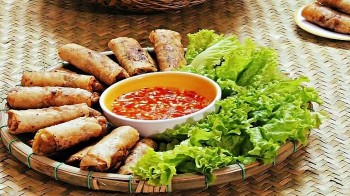 | Vietnamese Spring Rolls Praised As One Of The World’s Tastiest Snacks Vietnamese fried spring roll (known as “nem ran” in the north and “cha gio” in the south in Vietnam) is on the list of 100 ... |
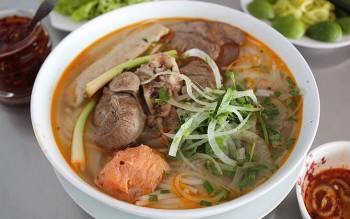 | Three Vietnamese Dishes Listed among 100 Best Rated Pork Dishes The inclusion of these Vietnamese dishes in Taste Atlas’ global food rankings is a testament to the country’s culinary expertise. |
Recommended
 Travel
Travel
Strategies for Sustainable Growth of Vietnam’s Tourism from International Markets
 Travel
Travel
Vietnam Strengthens Its Presence On The Global Tourism Map
 Multimedia
Multimedia
Phong Nha-Ke Bang National Park Named Top Adventure Travel Site
 Travel
Travel
Vietnam Welcomes Record-High Number of International Visitors
 Travel
Travel
Luxury Train From Hanoi To Hai Phong To Be Launched In May
 Travel
Travel
Phong Nha Named Top Budget-Friendly Travel Destination for Spring 2025: Agoda
 Travel
Travel
Four Indian Films Introduced to Lao Cai Audience
 Travel
Travel


